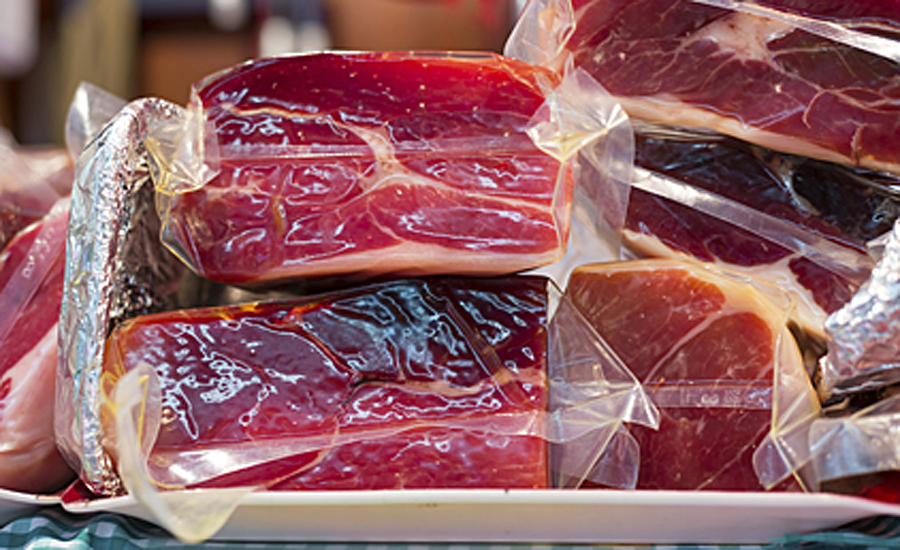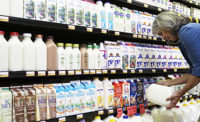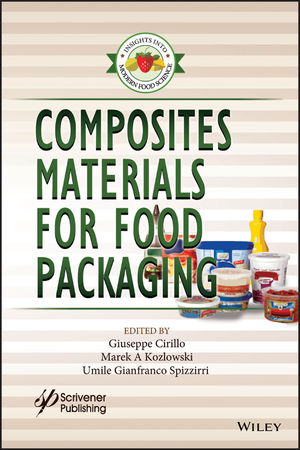Study: Retail cook-in-bag sales to experience growth
Institutional sales of cook-in-bags will continue to hold leading revenue shares of the market.

Cook-in-bag solutions are fast permeating the retail outlets, as part of a strategy to curtail food poisoning linked with high levels of bacterium campylobacter, according to a study produced by Fact.MR, Rockville, Md.
The study envisages the cook-in-bag market to record a 6.2% value CAGR between 2018-2028. Institutional sales of cook-in-bags will continue to hold leading revenue shares of the market. Volume sales of cook-in-bags in institutions are estimated to be nearly 1.5 times that of retail sales during the forecast period. Temperature-resistant cook-in-bags are gaining momentum in institutional settings, wherein demand is driven primarily by sales of marinated raw or pre-cooked meats.
"Prominent manufacturers of cook-in-bags are concentrating on enhancing the compatibility of cook-in-bags to extend its use beyond boiling in water to microwave. Current designs of cook-in-bags feature both cooking as well as storage properties, and are produced using materials that are devoid of dioxin or BPA. Special vacuum seals that aid in retaining moisture in food products and prevent food spoilage are also a key feature of new cook-in-bag designs. These developments have further spurred their adoption in retail outlets and institutions alike. Multifunctional cook-in-bags, capable of microwaving, boiling and freezing, are becoming the new focus area among manufacturers," says a lead analyst at Fact.MR.
The report foresees plastic to remain the preferred material used for the production of cook-in-bags, mainly in light of its cost-effectiveness and relatively convenient manufacturing technologies. Plastic-based cook-in-bags are anticipated to hold more than three-fourth revenue share of the market during the forecast period. However, a slight drop in the revenue share is estimated for the plastic-based cook-in-bags over 2018-2028. This can be mainly attributed to the government norms, which limit the boiling time of cook-in-bags to 20 minutes. Additionally, environmental concerns regarding plastic will further remain a key demand deterrent for these cook-in-bag variants.
Looking for a reprint of this article?
From high-res PDFs to custom plaques, order your copy today!







